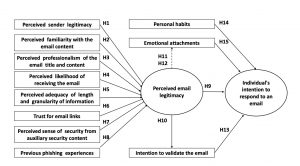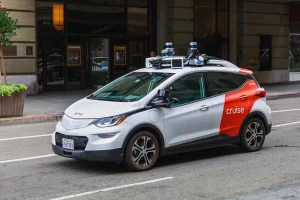How to create a cutting edge Smart City visitor experience

A four step guide from the Milan Expo 2015:
Step 1
Ask your main sponsors (in this case Cisco, Enel and Telecom Italia) to indicate the relevant “Smart City” technologies that they already have, are currently working on, or are generally trendy.
In the Milan case these are push technology services, QR codes, smart phone apps, mapping services, RFID tags, biometric identification, security services, electronic walls, gestural interfaces, augmented reality (and eyewear), immersive virtual reality, 3D avatars, health tracking services, and foldable tablets.
Step 2
Agree with these sponsors to hire an advertising agency to develop a short video scenario of the Expo 2015 visitor experience, using all these technologies, and obviously adhering to the general vision and principles of the Expo.
Step 3 (VERY IMPORTANT):
- DO NOT make it realistic by introducing context, such as the City of Milan, traffic, other digital services people might use, other people, or anyone who may not be familiar with smartphones, gestural interfaces, QR codes
- DO NOT base your ideas on the actual behaviour of people – since it will be impossible to say how people might behave in 2015, any user research is distracting
- DO NOT show any use that goes beyond what you can already do on a smartphone or website in 2012 – like navigating, browsing and communicating – and emphasize passive media consumption
- DO NOT indicate that people (and small companies) can create their own bottom up services – as this might be a security risk
Inadvertently doing any of the above, will diminish the power of the perfect visitor experience you aim to create.
Step 4
Use this video in key presentations on your Smart City credentials and highlight how these services will resolve the key visitor experience problem that came to the fore during the recent Beijing expo: queues.
The result: Expo 2015 Smart City video (Italian version)
(I hope you capture my irony.)



